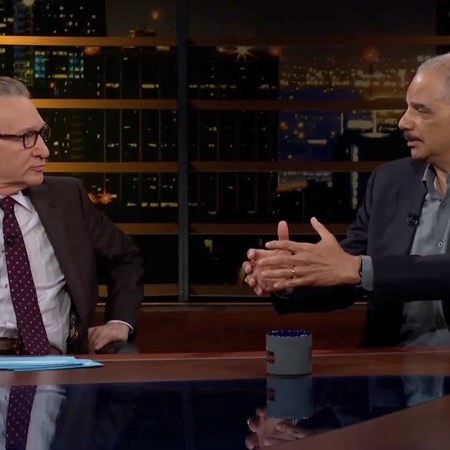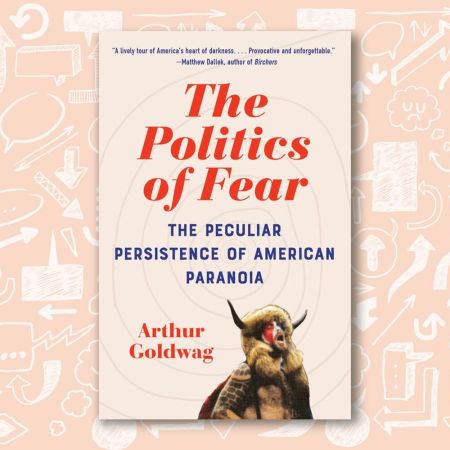Since its publication in 2003, Michael Lewis’s Moneyball has gone from a fascinating case study of an idiosyncratic approach to building a baseball team to something almost scriptural to a new generation of sports executives. A decade following the release of Lewis’s book, writers were able to deftly chronicle its effects on sports as a whole, not simply baseball. And a 2017 article in Slate explored the phenomenon of “Moneyball for X” — and how creative (and sometimes counterintuitive) use of data had taken hold in numerous industries far beyond sports.
Now, Theodore Schleifer at Recode explores the latest permutation of this: an organization called Mind the Gap, which one donor quoted in the article describes as the “Moneyball of politics.”
As Schleifer writes, Mind the Gap is a relatively unshowy group: it’s not on social media and has no website. Its goal is to elect Democratic candidates, and it represents something of a bridge between the academic and tech worlds:
Backers include people like Facebook co-founder Dustin Moskovitz, former Google CEO Eric Schmidt, San Francisco power broker Ron Conway, and a coterie of major Democratic donors from across Silicon Valley, including fundraiser Amy Rao.
Mind the Gap is led by two Stanford law professors, and its below-the-radar approach is entirely intentional. Why? As Schleifer puts it, “Republicans closely watch Democratic donors to see which congressional races they are financing so they can mobilize their own donors to restore fundraising parity in a particular congressional district.” Ergo, if Mind the Gap doesn’t tout who they’re supporting, it’s harder for those candidates’ opponents to anticipate their fundraising surge.
It might not seem like the traditional approach to raising money in politics, but it’s been effective. Schleifer writes that Mind the Gap generally targets the “the slightly less likely to flip races.” Why? Because the most easily flippable seats are generally those where there’s already a significant fundraising presence.
For the 2018 election cycle, Mind the Gap supported 20 candidates; 10 of them, including New Mexico’s Xochitl Torres Small and Illinois’s Lauren Underwood, won their races. Overall, according to the Recode article, Mind the Gap sent $11 million to Democratic candidates and another $9 million to Democratic organizations.
It’s a fascinating approach to raising money in politics; so far, it also appears to be an effective one.
Subscribe here for our free daily newsletter.
Thanks for reading InsideHook. Sign up for our daily newsletter and be in the know.


















